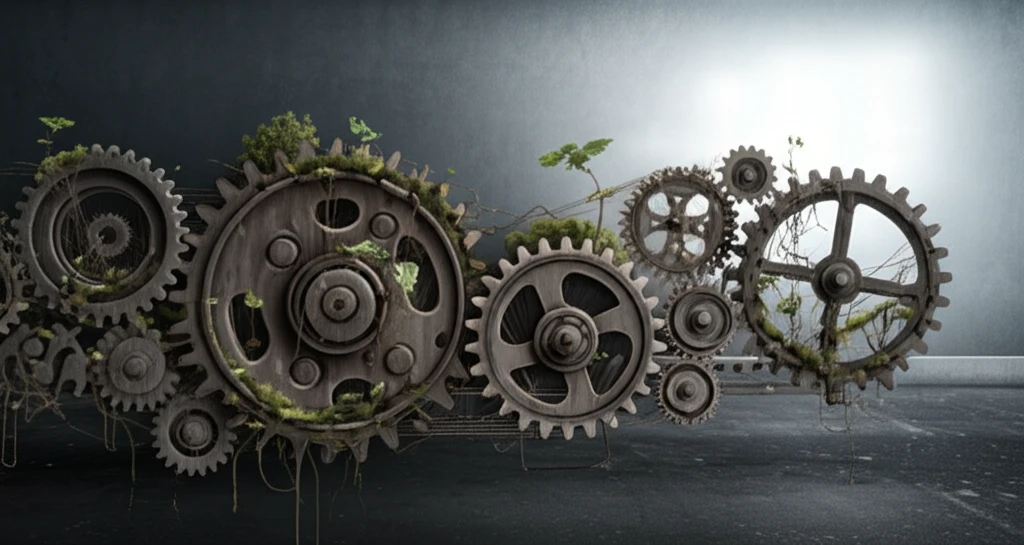
Unlock Supplier Power: How Smart Strategies Boost Efficiency
"Discover the hidden levers that turn supplier relationships into a competitive advantage."
In today's fast-paced business world, supplier relationships are more critical than ever. It's no longer enough to simply find a supplier; you need to cultivate a partnership that drives efficiency and boosts performance. Think of it as turning a dial from simply 'good' to 'outstanding.'
Countless studies confirm that investing in supplier development can lead to significant improvements. But here's the catch: not all efforts are created equal. Some companies squeeze every drop of value from their supplier relationships, while others leave potential gains on the table. Why the difference? It often boils down to how efficiently a buyer utilizes supplier development practices.
This article delves into the key factors that can unlock a buyer's efficiency in supplier development. We'll explore how relational norms, information sharing, and a strategic approach can transform your supplier relationships into a powerful engine for success. Get ready to discover how to do things right and achieve a real competitive edge.
What is Supplier Development Efficiency?

Imagine two companies. Both invest in supplier development, but one sees a much bigger return. That difference is supplier development efficiency—the extent to which a buying firm effectively uses its supplier development practices (the input) to boost its supplier's performance (the output).
- Relational Norms: Building relationships based on trust, mutual concerns, and shared values.
- Information Sharing: Openly exchanging data and insights to reduce uncertainty and improve coordination.
- Strategic Alignment: Ensuring that both parties are working towards common goals.
Turning Insights into Action
Boosting supplier development efficiency isn't about grand gestures; it's about making smart, strategic decisions every day. By focusing on relational norms, prioritizing information sharing, and continually refining your approach, you can transform your supplier relationships into a powerful source of competitive advantage. The key is to view supplier development not just as a cost, but as an investment in long-term success.
